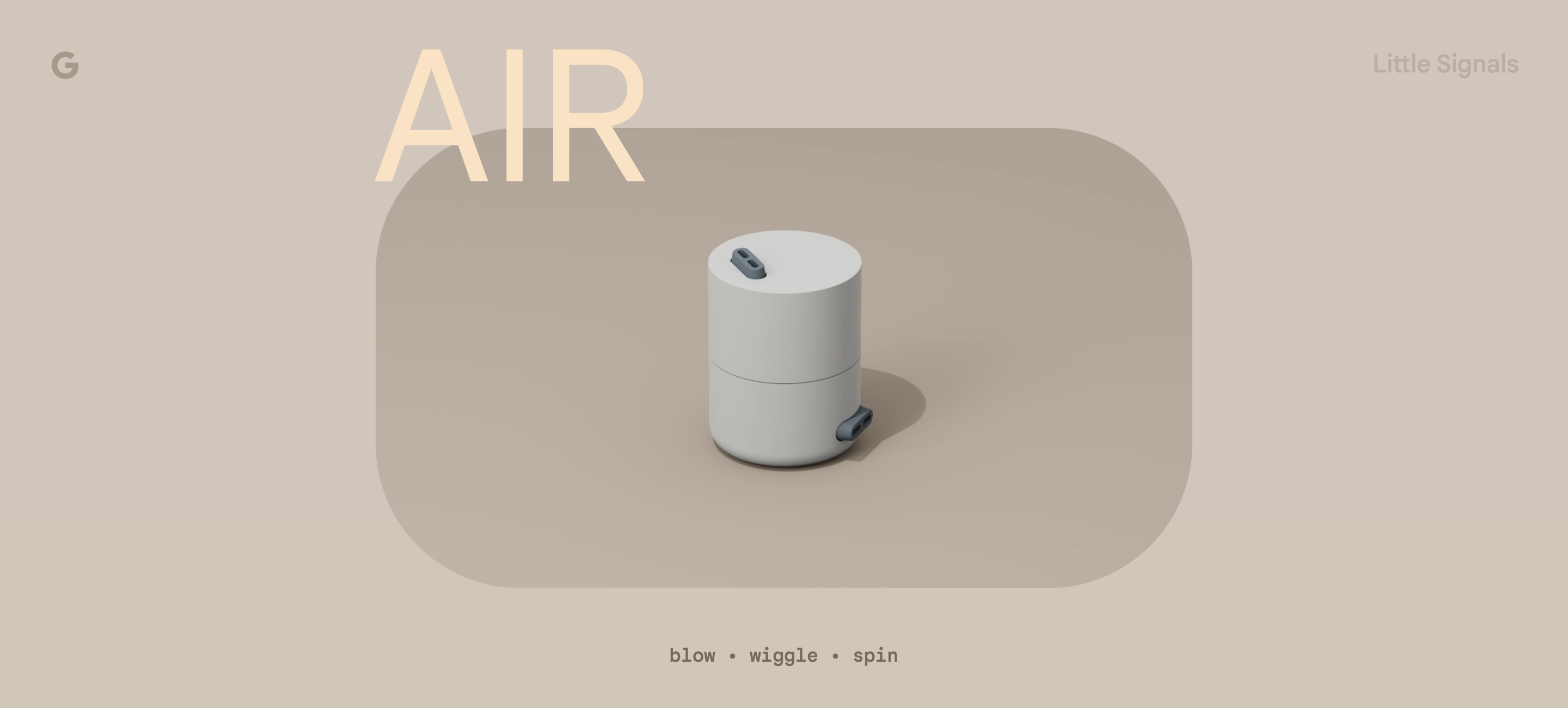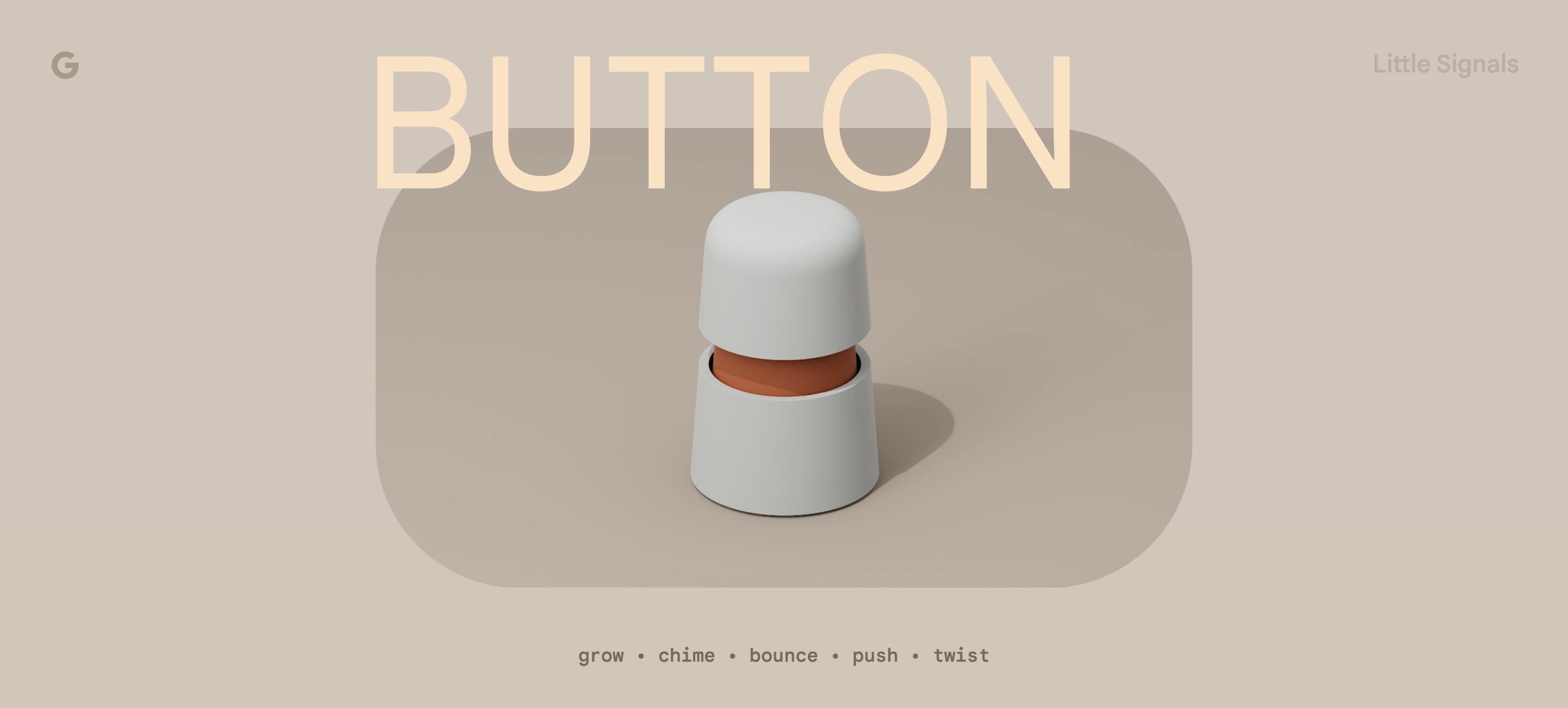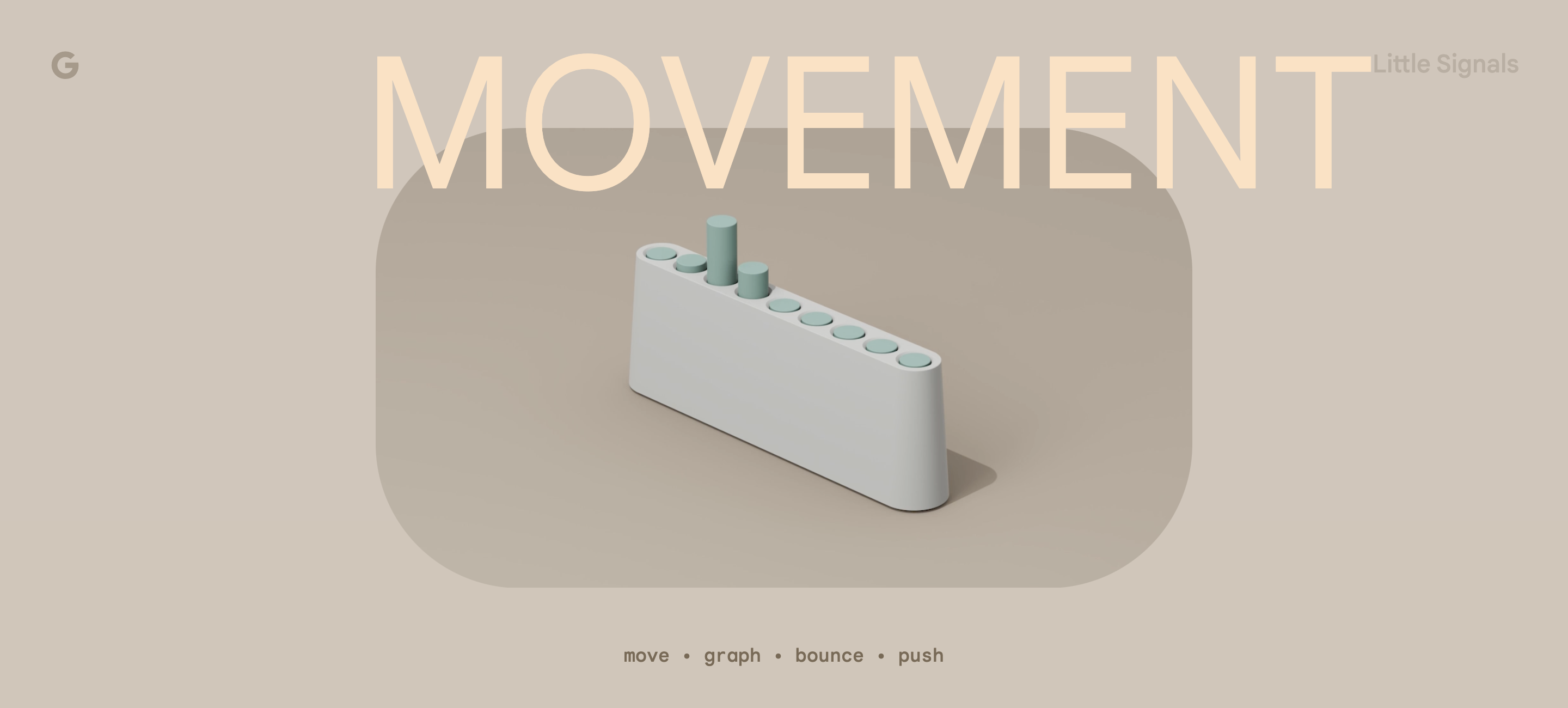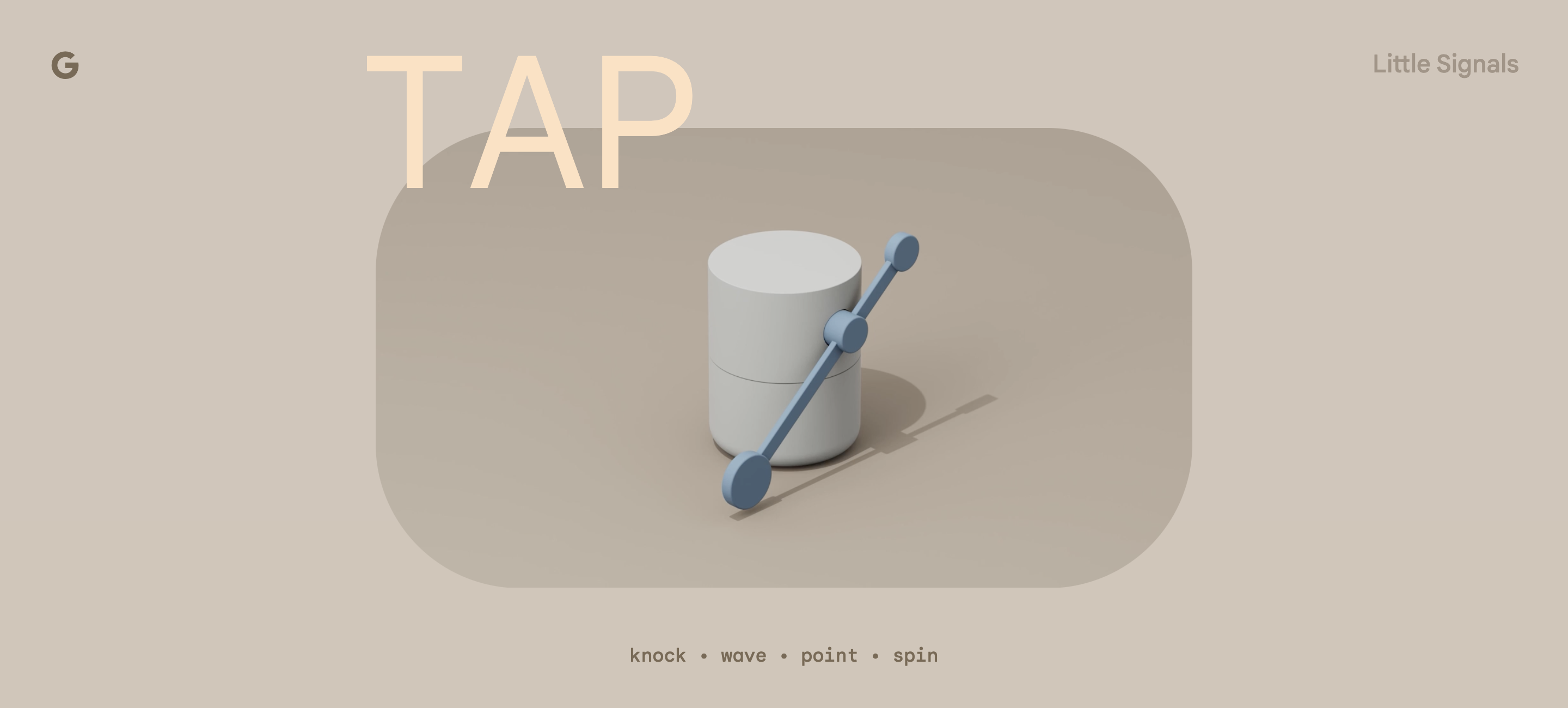Google’s long-term objective for its hardware is ambient computing, or the notion that technology should constantly be present in the background to assist. Little Signals is a recent Google project that envisions the potential future design of ambient computing devices.
The Google Seed Studio (and Map Project Office ), entrusted with developing cutting-edge concepts for Google hardware devices, created the Little Signals series of interaction experiments, which are included on Experiments with Google under the Digital Wellbeing Collection.
We see that the company is investigating how technology can subtly signal for attention (notifications) and share other information in your smart home without being overwhelming compared to today’s Smart Display visual alerts or loud sounds from speakers by engaging with our senses in more nuanced ways. Of course, this is not on track to become an actual Made by Google product.
Every thing has a unique way of communicating, for as through air bubbles or background noise. Additionally, their subtle motions or uncomplicated controls give the items life and enable them to respond to shifting conditions and demands.
There are six categories of notifications and devices:
Air communicates with the immediate environment. To draw attention, air pulses move adjacent objects, such as a plant’s leaves. Scale and sound are used with a button to convey and exert control. The top twists to the right for more information and to the left for less as it learns more. When full, a tone is produced. Seven pegs in the movement include a graphic representation of information like a calendar or timer because to their height and motion. The pegs can be tapped for straightforward input and function singly or in groups.






Rhythm produces background noise. The importance, urgency, or tone of the information are aspects of the melody that are conveyed. It can be muted by waving over the object or simply flipping it over. Through the movements of the shadow it creates, shadow can speak. They display an object’s status by doing things like gently breathing when it’s active or stretching when someone is around. Surfaces are used by Tap to produce noises that serve as notifications. More urgent news translates to a stronger touch. Little Signals think about how to stay up to speed with digital information while preserving times of peace, much as how commonplace things might discover simple methods to tell us, like the moving hands of a clock or the whistle of a kettle.
Google has released a full guide on how you can use Arduino to construct these gadgets, which match with the company’s existing soft and homey Nest style, even though it is simply an inquiry.
FTC: We employ automatically earning affiliate connections. More.
 Check out 9to5Google on YouTube for more news:
Check out 9to5Google on YouTube for more news:







